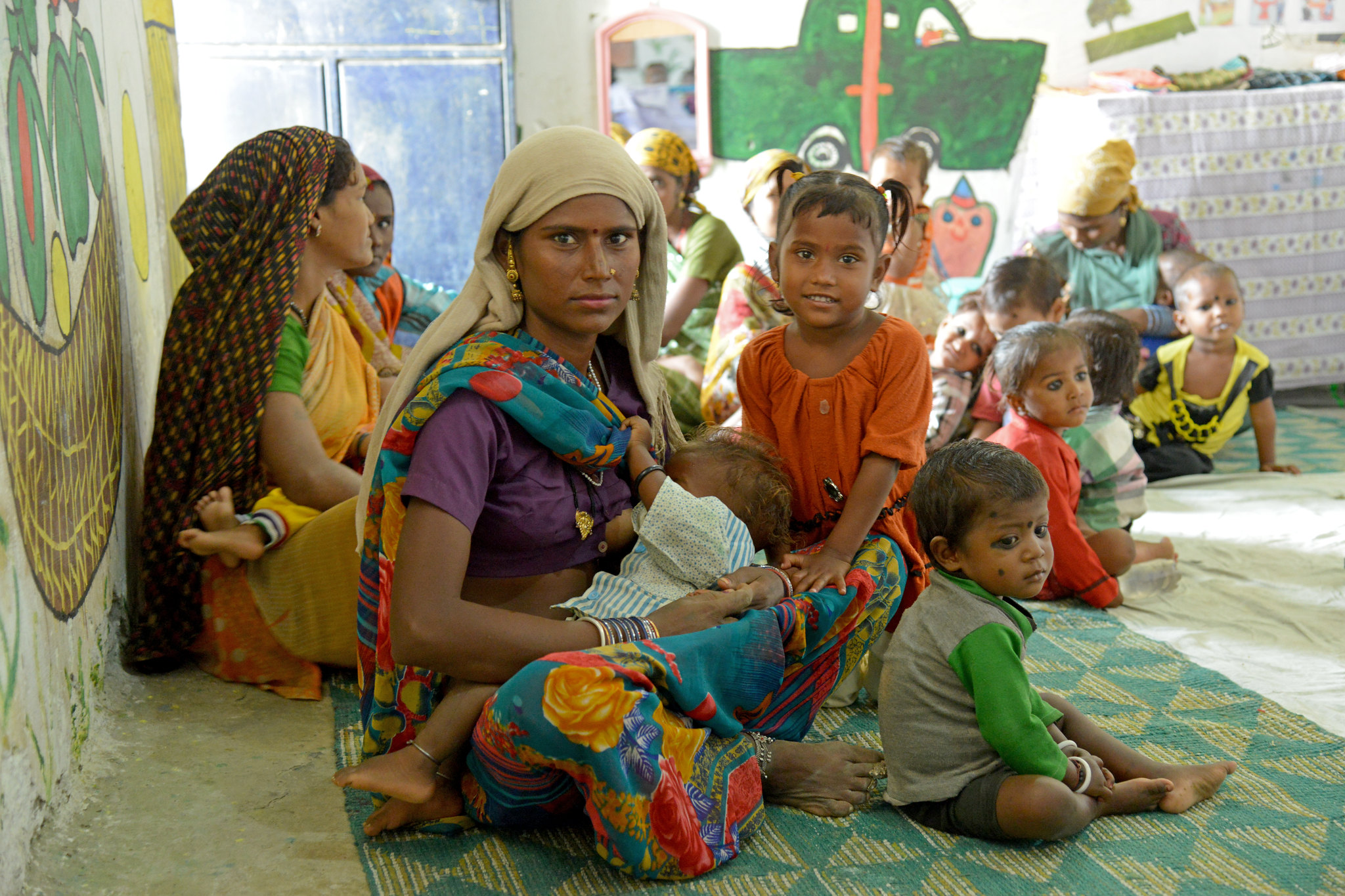Professor Dani Rodrik will be at CGD on Thursday, giving the annual Sabot lecture. He will be speaking on African growth, and will likely discuss premature de-industrialization, a topic he first raised in this blog post and has written about subsequently.
In a forthcoming paper with Amrit Amirapu (on manufacturing in India), we illustrate this idea in a different way, depicted in the chart below.
This chart plots the relationship between the share of a country’s total employment in the industrial sector against its level of development, measured by its per capita GDP (PPP dollars). The sample includes all countries for which data are available in the World Bank’s World Development Indicators (excluding the oil exporters). The relationship is shown for three different points in time, 1988 (blue), 2000 (green), and 2010 (red).
The relationship is typically an inverted U, suggesting that over the course of development a country first industrializes, reflected in a rising share of resources, including labor, devoted to this sector. Thereafter, the services sector becomes more important, so that de-industrialization begins, reflected in a declining share of employment.
Premature De-indutrialization? Relationship between employment share in industry and GDP per capita
(Over time, countries are specializing less in industry and de-industrializing earlier)
What is surprising is that the relationship has been changing dramatically over time. First, the curves are all shifting down over time, which means that at any given stage of development, countries are on average specializing less in this sector, devoting fewer labor resources to it. Second, the curves are also shifting leftwards, which means that the point of time at which industry peaks (alternatively, the point at which de-industrialization begins) is happening earlier in the development process.
Based on simple calculations, we find that in 1988, for the world as a whole, the peak share of manufacturing (the top of the curve in the charts) was 30.5 percent and attained at a per capita GDP level of $21,700. By 2010, the peak share of manufacturing was 21 percent (a drop of nearly a third) and attained at a level of $12,200 (a drop of nearly 45%).
Three caveats. The data relate to the industrial sector not manufacturing and there could be differences in the patterns between the two sectors over time because industry includes processed natural resources such as oil and gas, which have made a comeback in recent years. Second, the sample is not the same across the different time periods which could be influencing the observed patterns. Third, the data are also noisy from year to year because of the problem of changing samples.
Even allowing for these caveats, something significant is happening that is pushing the world toward less industry and initiating de-industrialization much earlier in the development process.
Why this is happening and what this means for development, especially in sub-Saharan Africa, could be defining questions going forward. We are expecting Dani Rodrik to shed light on them on Thursday.
CGD blog posts reflect the views of the authors, drawing on prior research and experience in their areas of expertise.
CGD is a nonpartisan, independent organization and does not take institutional positions.






